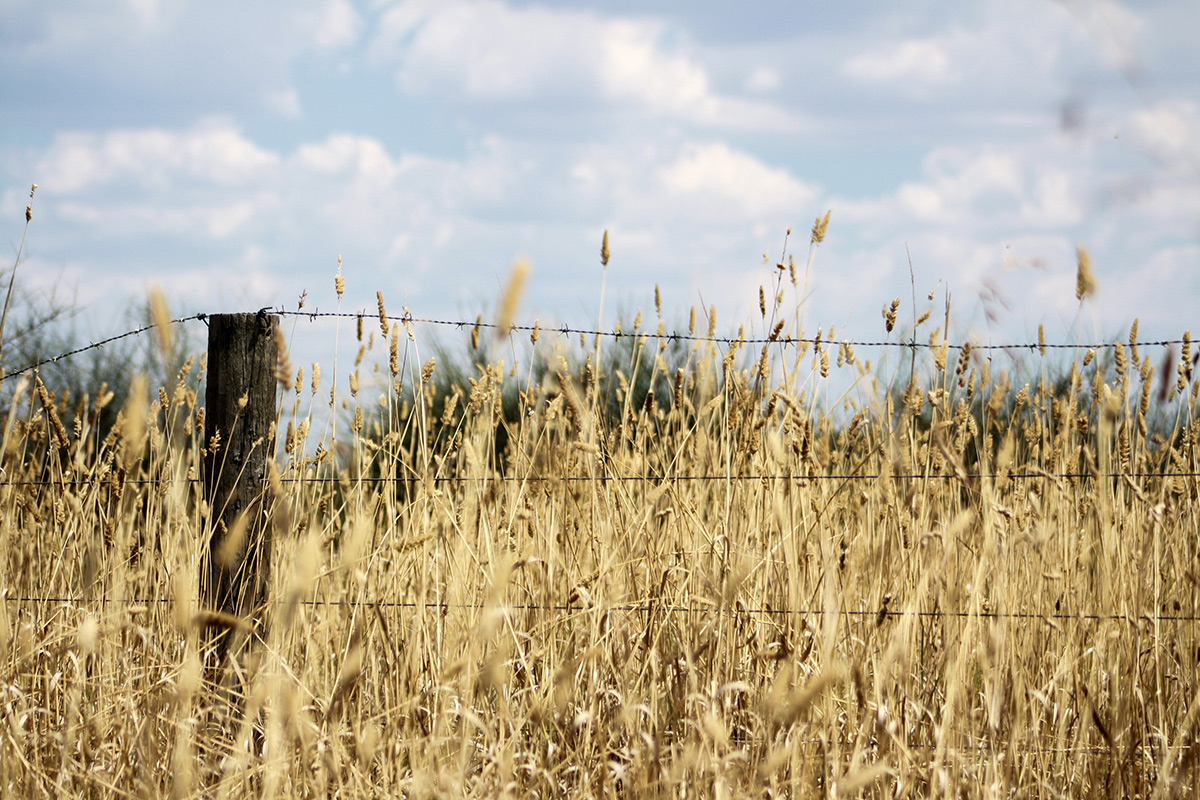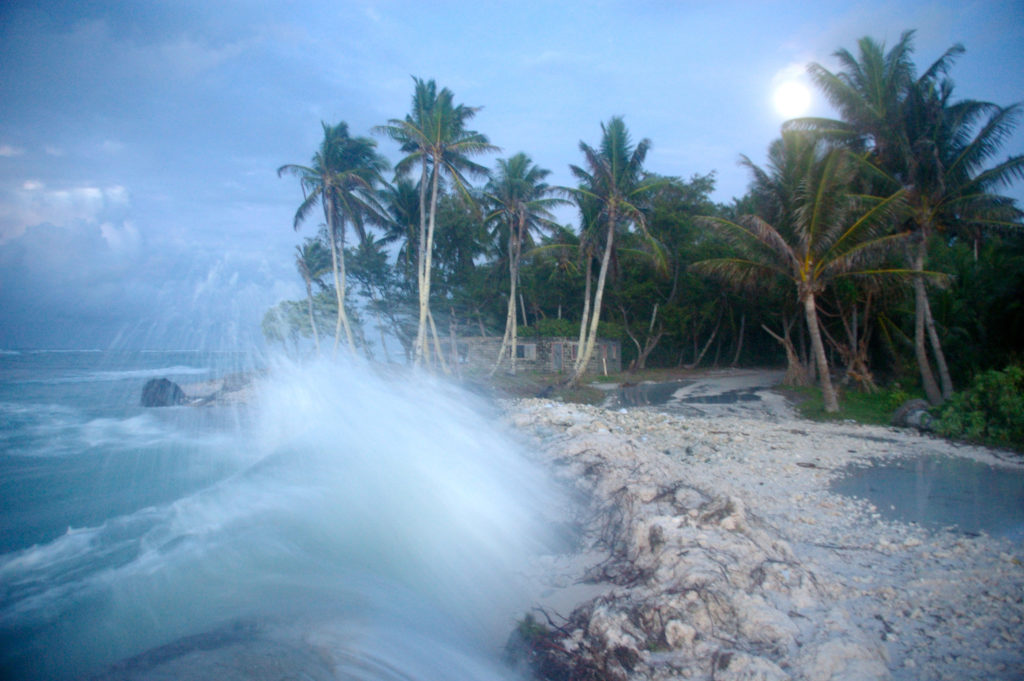The Bureau of Meteorology has confirmed that another El Niño event is underway in Australia. As climate change continues to supercharge our weather, the impacts on natural climate phenomena like El Niño become increasingly significant.
The announcement comes as fires burn around the Northern Territory, Queensland and New South Wales. In Sydney, today marks the hottest three consecutive days ever recorded during September, alongside the announcement of a total fire ban, catastrophic fire conditions for the NSW south coast, and school closures in some areas.
Find out what’s happened so far this summer here
What is it again?
El Niño occurs when the sea surface temperatures in the central and eastern tropical Pacific are significantly warmer than average, leading to a shift in rainfall – away from the western Pacific Ocean and eastern Australia, and toward the central and eastern Pacific Ocean.
Watch the video below to find out how climate change interacts with El Niño, what Australia can expect during this period, and the potential consequences for our communities and environment.
The relationship between El Niño and climate change
The connection between El Niño-Southern Oscillation (ENSO) events and climate change is complicated. However, the CSIRO has shown that both El Niño and La Niña events have become more frequent and intense due to climate change – driven by increasing greenhouse gas emissions.
El Niño’s impact on Australia
While its counterpart, La Niña, brings wetter and cooler conditions to much of Australia, El Niño often heralds drier and hotter weather. An El Niño event can intensify heat waves, increase the severity of bushfires, and contribute to drought conditions. The influence of El Niño is primarily felt in eastern Australia, resulting in warmer-than-usual temperatures and reduced rainfall. This combination not only heightens the risk of extreme heat but also elevates the danger of bushfires, particularly in southeastern regions.
A positive Indian Ocean Dipole Event
The Bureau of Meteorology has also declared that a positive Indian Ocean Dipole is underway. The Indian Ocean Dipole is another key driver of our weather. We can think of it as the El Niño/La Niña of the Indian Ocean. When we have both an El Niño event and a positive Indian Ocean Dipole, the drying effect can be more widespread across the continent and more pronounced.
“We face a dramatic season ahead… things continue to unfold, but Australia being the most vulnerable nation in the developed world makes us really on the frontline of the impacts of climate change.”
– Climate Councillor, Climate Scientist and author, Dr Joelle Gergis
Read Joelle Gergis’ Saturday Paper article on how the Climate Crisis deepens with El Niño here.
Many Australians have experienced first hand the compounding impacts of climate change and El Niño/La Niña events. The Black Summer bushfires of 2019/20 came off the back of a 2018/19 El Niño event. In fact 2019 was the hottest and driest year on record for Australia, which contributed to the extreme bushfire season. From 2020 to 2023, we saw a protracted (multi-year) La Niña episode that led to record-breaking rainfall and flooding along the east coast. These heavy rains have spurred rapid growth of grass and bushland, which leaves much of the country in a precarious position as we enter this next El Niño period – as grasslands and bushlands dry out they are primed to burn.
As El Niño exacerbates dry and hot conditions across the country, the likelihood of drought and bushfires increases. Looking ahead – with El Niño conditions intensifying in coming months – 2024 could become the hottest year on record, globally. We may witness the first year in which the global average temperature spikes at 1.5°C or higher above the pre-industrial average. Unfortunately, this would result in high fire risks across Australia in the next year.
The El Niño event is like adding fuel to the fire – literally. With the warmer and drier conditions it brings, it’s likely we’re looking at an extended and potentially volatile fire season.
– Greg Mullins, Climate Councillor and founder of the Emergency Leaders for Climate Action (ELCA) group
What’s going on overseas:
The US National Oceanic and Atmospheric Administration (NOAA) declared in June 2023 that an El Niño event was underway. The northern hemisphere has already faced a summer of climate-fuelled extremes. Canada is suffering its worst wildfire season on record, with scenes eerily reminiscent of Australia’s Black Summer. Large parts of South Asia faced a brutal heatwave in April, and the Horn of Africa continues to struggle through one of its worst ever droughts. Communities all over the globe are facing more extreme weather events due to our rapidly warming climate.
Heatwaves, droughts and bushfires harm our health, wellbeing and economic prosperity. They devastate communities and destroy our environment. The combined effects of an El Niño period and rising global temperatures make these scenarios increasingly severe.
There’s so much more we can and need to do.. We need to be listening to those recommendations from the multiple royal commissions, practical measures, including appropriately boosting our emergency response capabilities. And of course, listening to communities on the front lines, to First Nations communities, to people on lower incomes for whom it’s harder to adapt. We have responsibilities beyond our own shores as well to the Pacific, to be supporting communities with adapting to these new realities, and to be addressing loss and damage from climate change.
– Climate Council Director of Research, Dr Simon Bradshaw
Australia must urgently cut carbon pollution from the burning of coal, oil and gas this decade to protect ourselves, and all future generations, from worsening extremes.










